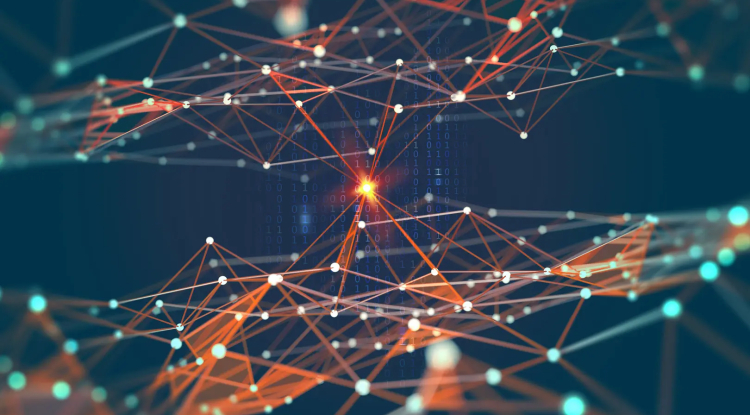MSU scientists have developed a new computing architecture with AI
Scientists from Moscow State University have developed an architecture for computing infrastructure with AI. The solution ensures high speed, reliability, and security of data processing.

Scientists from the MSU interdisciplinary school "Brain, cognitive systems, artificial intelligence" presented an innovative architecture of computing infrastructure capable of flexibly distributing resources in global networks. The solution, called Network Powered by Computing (NPC), is based on machine learning and multi-agent systems, providing high performance, fault tolerance and security.
Modern computing systems are facing unprecedented workloads: data volumes are growing, and applications are increasingly demanding. Traditional data centers (DPCs) cannot cope — they are limited by local capacities, while today global, adaptive solutions are needed. For example, training large AI models is no longer possible within a single DPC — a network of data centers is required. Similarly, managing the state’s computing capacity is becoming a strategic task, comparable to the distribution of energy resources.
The NPC architecture offers a solution: it is a virtualized, software-driven ecosystem that unites heterogeneous computing resources into a single network. Users receive capacity “on demand” — without being tied to specific hardware. Key benefits: global connectivity (access to resources from anywhere in the world), predictable performance due to deterministic quality of services, scalability (dynamic redistribution of resources under load), fault tolerance due to duplication and intelligent management, security based on multi-level protection.
Machine learning in NPC predicts load and optimizes task distribution, and multi-agent systems coordinate the work of computers in real time. This opens up new horizons for cloud computing, AI, Big Data and telecommunications.
"Our proposed architecture of the computing infrastructure - NPC allows for more efficient management of computing resources in scalable network environments, providing the quality of computing service required by the user. The use of machine learning methods and multi-agent systems ensures dynamic distribution of tasks and adaptation to changing application requirements."
Ruslan Smelyansky, Head of the Department of Automation of Computer Systems, MSU Faculty of Computational Mathematics and Cybernetics
In the future, scientists plan to integrate NPC with edge computing and enhance data security. This approach could become the basis for the next generation of distributed computing systems that can meet the growing demands of the digital economy.
Share
What's Your Reaction?
 Like
0
Like
0
 Dislike
0
Dislike
0
 Love
0
Love
0
 Funny
0
Funny
0
 Angry
0
Angry
0
 Sad
0
Sad
0
 Wow
0
Wow
0





![Transfer/ Postings Senior Superintendent Police Hyderabad [Notifications]](https://pakweb.pro/uploads/images/202402/image_100x75_65d7bb0f85d5f.jpg)
![Amazing Text Animation Effect In CSS - [CODE]](https://pakweb.pro/uploads/images/202402/image_100x75_65d79dabc193a.jpg)






